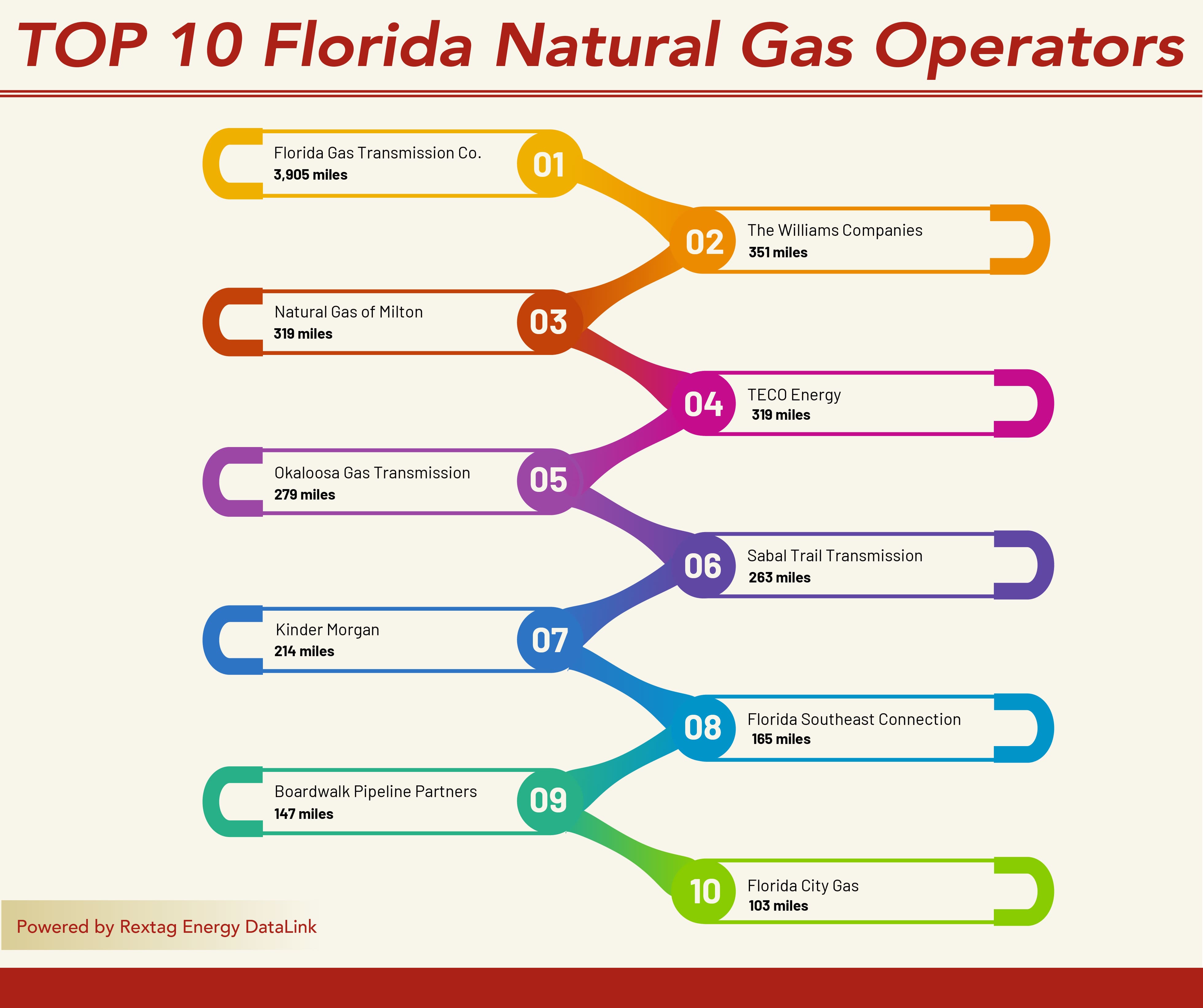The 2024 Atlantic hurricane season has hit Florida hard, with Hurricanes Helene and Milton exposing the vulnerabilities in the state's energy infrastructure. As Florida grapples with the aftermath of these back-to-back storms, the damage to oil, gas, and energy supplies has created severe disruptions, leaving residents and industries struggling to recover.
Florida’s Energy Dependency: A Vulnerable System Exposed
Florida is the third-largest gasoline consumer in the United States, yet it has no oil refineries. The state relies heavily on imports, with over 43% of its petroleum products, including gasoline, diesel, and jet fuel, flowing through Port Tampa Bay. Other major ports, like Port Everglades and Jacksonville, are equally vital to maintaining Florida’s energy supply chain. The state’s heavy reliance on waterborne imports and external refineries has made it particularly vulnerable to disruptions when natural disasters strike.
Panic Buying and Gasoline Supply Shortages
In the days leading up to Hurricane Milton’s landfall, panic buying gripped Florida as residents rushed to gas stations, causing widespread fuel shortages. By October 8, 2024, more than 15% of Florida’s gas stations had run out of fuel with the Tampa area reporting nearly 30% of stations dry. As evacuation orders were issued, Floridians stocked up on fuel for generators and vehicles, further straining the state’s already vulnerable gasoline supply chain.
As the storm approached, Kinder Morgan was forced to shut down its Central Florida Pipeline system, which carries gasoline, diesel, and jet fuel between Tampa and Orlando. The closure of the 10-inch and 16-inch lines, which had only recently resumed operation after Hurricane Helene, worsened the fuel shortages. Other key players, such as CITGO and Chevron, also halted operations at their Tampa terminals, making it nearly impossible for fuel to reach the hardest-hit areas.
Energy Infrastructure Shutdowns: Kinder Morgan and Beyond
Florida’s ports, including Port Tampa Bay, were closed to vessel traffic as Hurricane Milton moved closer to the coast, effectively cutting off the state’s fuel supply. Kinder Morgan's decision to shut down its Tampa terminal and Central Florida pipelines severely limited the distribution of refined products. Mansfield Energy declared a "Code Red" for Florida's fuel markets, requiring a 72-hour notice for new deliveries and warning that deliveries would come to a near halt as high winds made it unsafe for fuel trucks to operate.
Natural Gas Price Swings and Storage Overflow
Florida relies heavily on natural gas, which powers approximately 75% of the state’s electricity generation. As Hurricane Milton threatened to knock out power to millions, natural gas prices fell sharply. Traders anticipated a significant demand reduction, as power plants were forced offline, leaving an excess of natural gas that would otherwise be burned for electricity.
On October 9, U.S. natural gas futures dropped by 2.7%, driven by the expectation that power outages in major cities like Tampa and Orlando would leave large amounts of natural gas unburned. This gas surplus was diverted to storage facilities, which were already nearing capacity ahead of the winter months. Despite this temporary drop in prices, analysts expect the situation to stabilize as winter heating demand picks up, potentially leading to a rebound in prices.
Widespread Power Outages and Prolonged Fuel Shortages
By October 10, Hurricane Milton had knocked out power for over 1.4 million Florida residents, with the Tampa-St.Petersburg area was among the hardest hit. More than 77% of gas stations in the region were out of fuel, and state officials scrambled to address the deepening crisis. Florida Governor Ron DeSantis announced that 37.3 million gallons of fuel were being distributed from state reserves to meet the growing demand. Public fuel distribution sites were set up in cities like Plant City, Bradenton, and St. Petersburg, offering free gasoline to residents, but supplies remained limited.
The state’s ports faced significant operational challenges as well. While some, like Port Everglades and Miami, reopened under conditional restrictions, many ports remained closed, further delaying the arrival of fuel shipments. With power outages stretching across the state and gasoline shortages reaching critical levels, the recovery effort was expected to take weeks, if not months.
The Ripple Effect on Oil and Gas Production
In the Gulf of Mexico, Hurricanes Milton and Helene have had a lasting impact on oil and gas production. Helene had already reduced oil production by 30%, and Milton added further delays to the recovery process. Chevron evacuated its personnel from the Blind Faith oil platform, which has a production capacity of 65,000 barrels per day, as the storm passed through the region. Was projected that up to 50% of oil production in the Gulf could be shut down temporarily, adding to the growing list of supply chain disruptions.
These production shut-ins not only affect domestic supply but also have global implications, as the Gulf of Mexico is a significant source of both oil and natural gas exports. The storms have created bottlenecks in refining and shipping operations, leading to higher prices for crude oil and refined products on the global market.

If you are looking for more information about energy companies, their assets, and energy deals, please, contact our sales office mapping@hartenergy.com, Tel. 619-349-4970 or SCHEDULE A DEMO to learn how Rextag can help you leverage energy data for your business.




